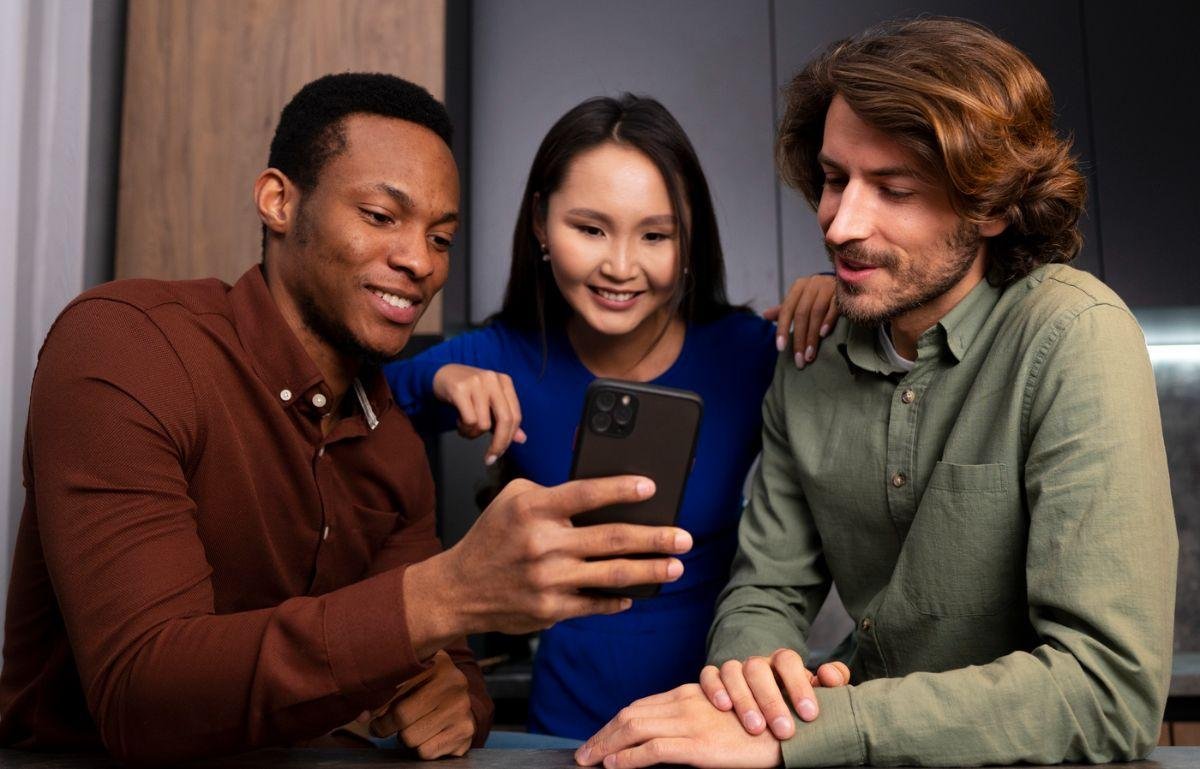App Store Localization – Important For Your Mobile Apps
Every day, thousands of new mobile apps appear in app stores. Many of these apps have great features, but only a few reach a global audience. One big reason is language. If users can’t read your app title, description, or screenshots, they will skip it. That’s why software translation for app stores is more important now than ever before.
It’s not just about changing words. It’s about helping your app feel right for users in different countries. This means adapting everything that users see in the app store.
What Is App Store Localization?
App store localization means making your app listing match the language and culture of each country where it’s offered. It includes the app title, description, keywords, images, and even preview videos. This is different from changing the language inside the app. App store localization happens before users download your app. It’s the first thing they see. And first impressions matter a lot.
Why Does It Increase Downloads?
When users search in their own language, they expect to find results that speak their language too. If your app appears with a name and description in a foreign language, they may ignore it. But if it’s in their local words, they are more likely to click. Studies show that users are three times more likely to download an app if it speaks their language. That means more installs, better rankings, and a larger user base, all from changing how your app appears in the store.
Importance of Local Keywords
App store search works like a mini search engine. When people search for “photo editor” in Spanish, they type “editor de fotos.” If your app only uses English terms, it won’t appear in their results. That’s why local keywords are key. A good localization expert will find the best words people use in each country. Not just the dictionary translation, but what real people type. Adding these words in the right places improves your app’s chance of being found.
Titles and Subtitles That Match the Market
Your app’s title is more than a name. It’s a signal to users. A great title tells what the app does and builds trust. But that title must make sense in each language. Sometimes, the title must be shorter in another language. Sometimes, a word that sounds cool in one place might sound strange somewhere else. Subtitles need care too. They often explain your app in just a few words. Each word must count and connect with local users.
Translating Descriptions with Care
Many users read the app description before downloading. A poor translation can make your app sound confusing or even unsafe. That’s why every line must be clear and simple. The tone also matters. In Japan, polite words are expected. In Brazil, friendly and casual words work better. The description should fit the style that local users like. This builds trust and makes people more likely to install your app.
Screenshots and Visuals Must Speak Locally
Words are not the only part that matters. Your screenshots and preview videos also send a message. If they include text, that text must be in the local language. But even more, the images themselves should feel local. For example, if your app shows people, they should reflect the culture. A fitness app in India might show people doing yoga. In France, a food app might show French dishes. These small changes help users feel the app is made for them.
App Ratings and Reviews by Region
App stores show reviews and ratings by region. If your app has many reviews in a local language, it builds trust. But if reviews are all in English, local users may not connect. One smart way to get local reviews is to ask happy users for feedback in their own language. Also, answer reviews in that language. This shows new users that your team listens and cares about every user, no matter the country.
The Role of Update Notes
Every time you update your app, the store shows a list of changes. Many developers forget to translate these notes. But users read them. A translated update note shows that your app is active and that you care about every region. It also helps users understand what’s new. Simple notes like “Bug fixed in login” or “New feature added” should always be easy to read in the user’s language.
Why Preview Videos Should Be Localized
App stores now allow short videos to show what the app does. These videos help users see your app in action. But many developers only make one video in English. That’s a missed chance. A localized video with local text and voice helps users feel close to the app. It also helps explain features more clearly. Adding subtitles in the local language is a simple but powerful way to improve your app’s reach.
Using Store Analytics to Improve Local Results
Most app stores give you data on where your downloads come from. This data is gold. It helps you see which countries are showing interest. You can also see which local versions get more downloads. Use this info to improve. If one region has low downloads, check the listing. Maybe the keywords are not good enough. Maybe the images don’t feel right. Analytics helps you make better choices for each market.
Don’t Forget Legal and Age Info
Some countries need special legal or safety information. For example, an app for kids must show age ratings. Some countries also need privacy statements in their own language. Make sure this info is clear and complete. It’s not just about following rules, it’s about building trust. When users see that your app meets local rules, they feel safe to download.
Tools That Help, But Don’t Rely Fully On Them
Many tools now help with basic translation. They can speed up your work. But they often miss local style and meaning. A word-by-word change is not enough for app stores. That’s why mobile app localization services are better. These services offer human experts who understand both language and culture. They test the words, images, and overall message. This way, your app listing becomes strong and real for each market.
Localizing for Android vs iOS
Google Play and Apple’s App Store both allow localization. But they work in slightly different ways. Google lets you list your app in many languages from the start. Apple lets you target regions based on language and country. Each platform has its rules. Knowing these can help your app do better. For example, Google Play uses more keywords. Apple relies more on the title and subtitle. A smart team will adjust your listings to match each store’s style.
Case Study: Small Change, Big Result
A language learning app wanted to grow in Latin America. They had a great app but only used English in their store listings. After localizing just the title and description to Spanish, their installs doubled in one month. They then added Spanish screenshots and a video. The result? A 50% boost in paid users. This shows that even small changes in the app store listing can lead to big results.
Final Words
The app store is the front door to your app. If users don’t understand what they see, they won’t come in. Localizing your app listing helps people from every part of the world feel welcome. It’s not about fancy words. It’s about simple, clear, and local language. From the app title to the screenshots, every part must speak to the user. Done right, app store localization turns a local app into a global success.






